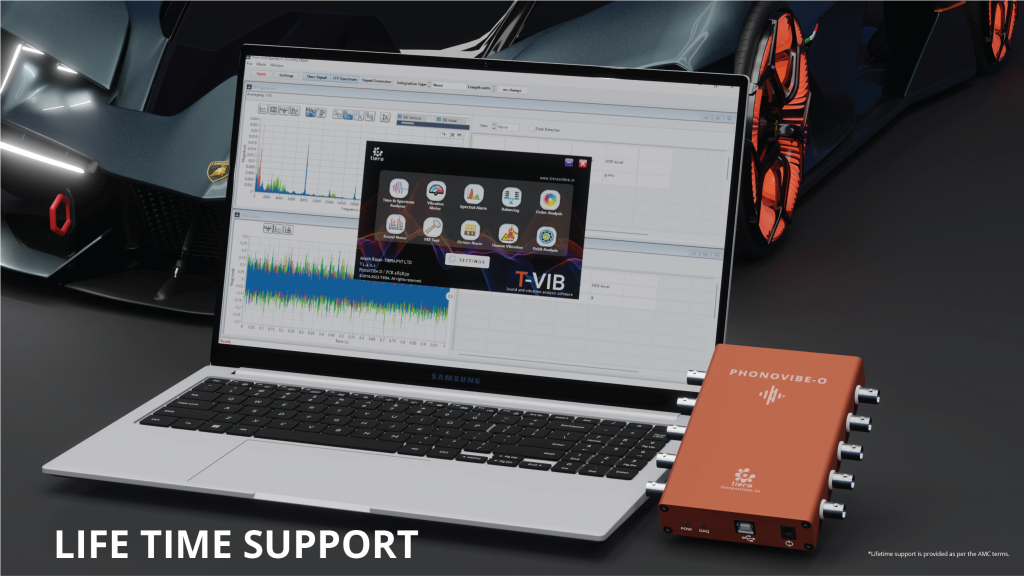Data Acquisition (DAQ) - A Comprehensive Guide for Beginners
Data Acquisition (DAQ) is a crucial device used to convert analog signals from various sensors, such as pressure sensors and temperature sensors, into digital signals. As a seller of DAQ systems, we understand that analog signals are challenging to analyze and manage directly. Therefore, DAQ systems typically include an Analog-to-Digital Converter (ADC) to facilitate this conversion. In real-world applications, sensors like temperature and pressure sensors read parameters and send them as analog signals. These signals are then converted to digital format by the DAQ system, making it easier to read and analyze the data on a computer. This process ensures efficient data collection and management for various applications. By using our DAQ systems, you can achieve precise and reliable data acquisition, improving your data analysis and overall system performance.
Components of a DAQ System
Sensors: Sensors are devices that detect physical parameters and convert them into electrical signals. Common types of sensors include temperature sensors, pressure sensors, and accelerometers.
Signal Conditioning Hardware: This hardware modifies sensor signals to a form suitable for input into an ADC. This may involve amplification, filtering, or isolation of the signals.
Analog-to-Digital Converter (ADC): The ADC converts the conditioned analog signals from the sensors into digital data that can be processed by a computer. The accuracy and resolution of the ADC are critical for the quality of the data.
DAQ Software: Software is used to configure the DAQ system, collect data, and perform analysis. It provides a user-friendly interface for setting up measurements, monitoring data in real-time, and storing data for further analysis.
How Does a DAQ System Work?
In a DAQ system, sensors measure physical parameters and send analog signals to the signal conditioning hardware. The signal conditioning hardware adjusts the signals as needed and passes them to the ADC. The ADC then converts these analog signals into digital data. Finally, the DAQ software collects this digital data, displays it in a readable format, and stores it for further analysis.

Applications of DAQ Systems
DAQ systems are used in a wide range of applications across various industries:
- Industrial Automation: Monitoring and controlling manufacturing processes.
- Environmental Monitoring: Tracking environmental conditions such as temperature, humidity, and air quality.
- Automotive Testing: Measuring performance parameters in vehicles.
- Biomedical Research: Recording physiological data from patients or research subjects.
Benefits of Using DAQ Systems
- Accuracy: DAQ systems provide precise measurements, ensuring reliable data collection.
- Efficiency: Automated data collection saves time and reduces the risk of human error.
- Real-Time Analysis: DAQ systems enable real-time monitoring and analysis, allowing for immediate decision-making.
- Flexibility: DAQ systems can be customized to meet specific measurement needs and integrated with other systems for comprehensive solutions.
Choosing the Right DAQ System
When selecting a DAQ system, consider the following factors:
- Type of Sensors: Ensure compatibility with the sensors you plan to use.
- Signal Conditioning Needs: Determine the necessary signal conditioning for your specific application.
- ADC Specifications: Look for the appropriate resolution and sampling rate for your data accuracy requirements.
- Software Features: Choose software that offers the functionalities you need for data analysis and visualization.
Conclusion
Data Acquisition (DAQ) systems play a vital role in converting analog signals from sensors into digital data, making it easier to analyze and manage. Understanding the components and operation of DAQ systems is essential for anyone working in fields that require precise data collection and analysis. Whether you are in industrial automation, environmental monitoring, automotive testing, or biomedical research, investing in a reliable DAQ system can significantly enhance your data accuracy and efficiency.

For more information on selecting the right DAQ system and our range of DAQ products, please visit our website tieraonline.in or contact our team of experts. Gmail: sales@tieraonline.in